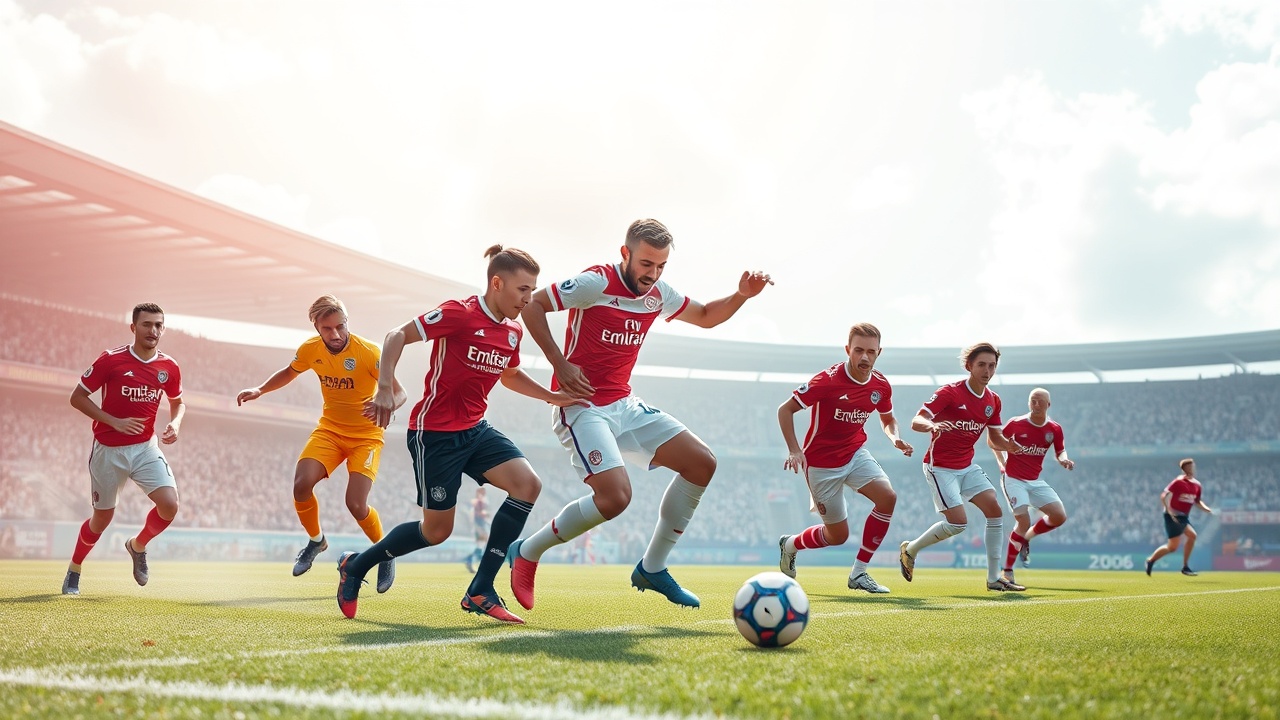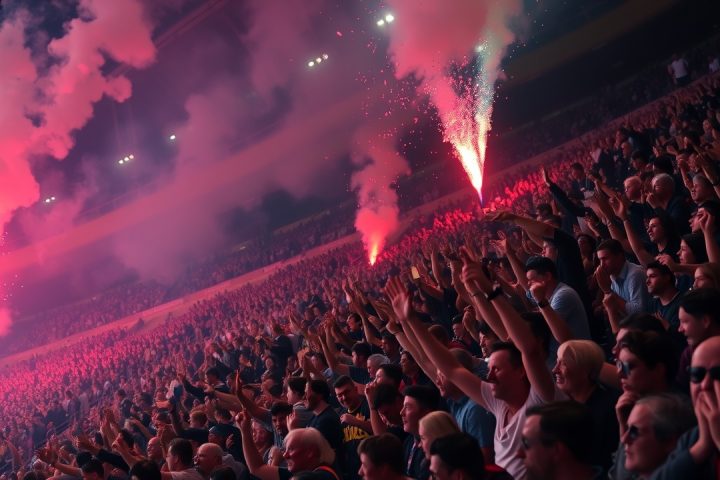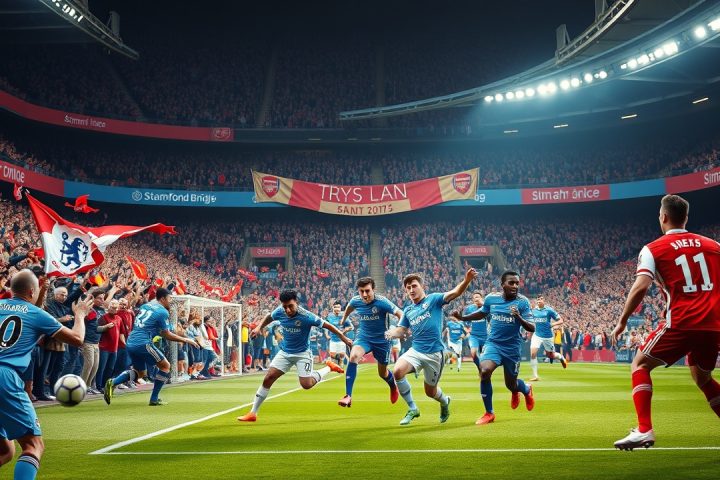Intra-Premier League Transfers: A Closer Look
As the summer transfer window unfolds, there’s an ongoing perception that intra-Premier League transfers are on the rise. However, a closer look at the figures reveals a different story. Currently, only 25% of player signings in the Premier League are transfers between clubs in the league itself, making this the lowest percentage seen in the last five years. This counterintuitive trend seems overshadowed by the high-profile nature of some recent transfers, such as Noni Madueke moving from Chelsea to Arsenal and Anthony Elanga‘s switch to Newcastle from Nottingham Forest.
The Big Six and Their Transfer Strategies
The attention garnered by these transfers is intensified further by the activities of the Premier League’s so-called ‘Big Six’, which includes Arsenal, Chelsea, Manchester City, Manchester United, Liverpool, and Tottenham. This summer, these elite clubs have been particularly aggressive in acquiring talent from clubs lower down the Premier League table, making up 39% of all intra-league transfers—a proportion not previously reached since before 2010.
The evolution of transfer strategies among the ‘Big Six’ is noteworthy. Historically, from 2015 to 2019, these clubs prioritized international acquisitions, with less than 15% of their summer signings coming from other Premier League teams. Notable examples from that era include high-profile players like Kevin De Bruyne and Mohamed Salah, who created a trend favoring foreign signings over domestic talent.
However, recent years have seen a shift as these wealthy clubs turn more frequently to their home league for fresh talent. In fact, this summer saw a record 27% of signings by the ‘Big Six’ sourced from elsewhere in the Premier League, suggesting a strategic pivot.
The Impact of the Elite Player Performance Plan
The transformation in approach can be largely attributed to the implementation of the Elite Player Performance Plan (EPPP) in 2012, aimed at enhancing the capabilities of English academies. Neil Saunders, the Premier League’s director of football, reflected on this shift, indicating that the EPPP was designed to bridge the technical gap that existed between English players and their European counterparts. Significantly, talent like Liam Delap who transitioned from Ipswich Town to Chelsea demonstrates that well-rounded homegrown players are increasingly sought after by the elite.
Financial Dynamics and Future Prospects
Moreover, the financial clout of Premier League clubs plays a pivotal role. Recent reports indicate that the Premier League’s revenue has soared, nearly equating to the earnings of Spain’s La Liga and Germany’s Bundesliga combined. As a result, non-‘Big Six’ clubs are often compelled to sell their burgeoning prospects, as they are unable to match the lucrative offers extended by larger teams, leading to a more homogenous talent pool across the league.
The current broadcasting arrangements add another layer to this dynamic. The upcoming domestic TV deal, valued at a staggering £6.7 billion for the 2025-26 season, provides a financial foundation that encourages transfers within the league. The increase in broadcasting revenue has allowed clubs to not only spend more but also to position themselves competitively in the international market, targeting players from the continent.
Recent activities have solidified this trend, with clubs such as Wolves and Brentford stepping up their recruitment from abroad and lining up contract clauses allowing for future transfer ease to ‘Big Six’ teams. These arrangements symbolize the ongoing financial disparity within the league and the strategic advantage held by more affluent clubs, allowing them to intercept promising talents before they reach their full potential.
Conclusion
In summary, while the overall number of Premier League players swapping clubs within the league may not be increasing, the dominance of the ‘Big Six’ in securing domestic talents is sharper than ever. This peculiar market dynamic positions the Premier League as a lucrative breeding ground for talent, setting the stage for a competitive future as the next summer transfer window approaches.




